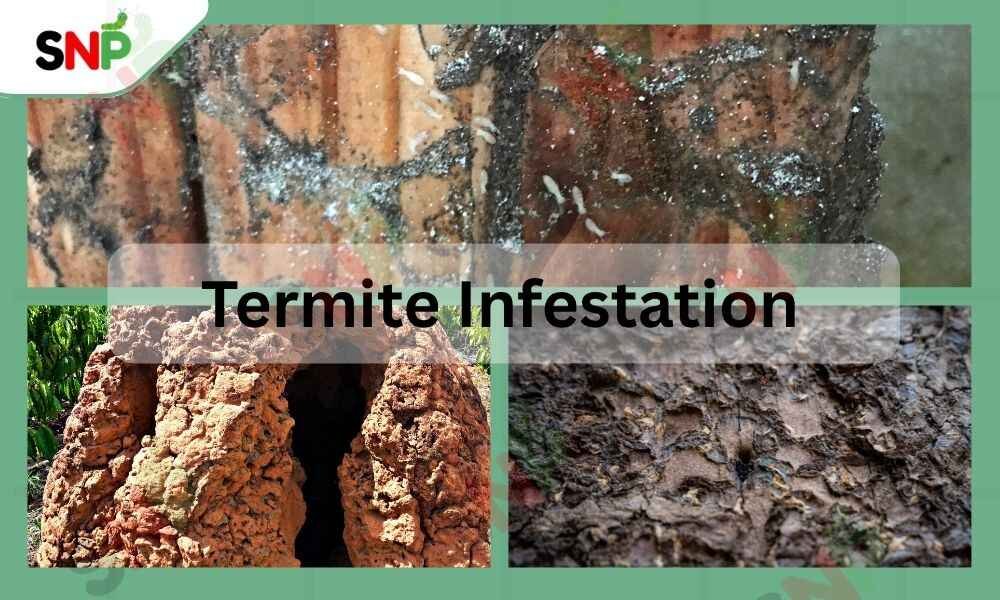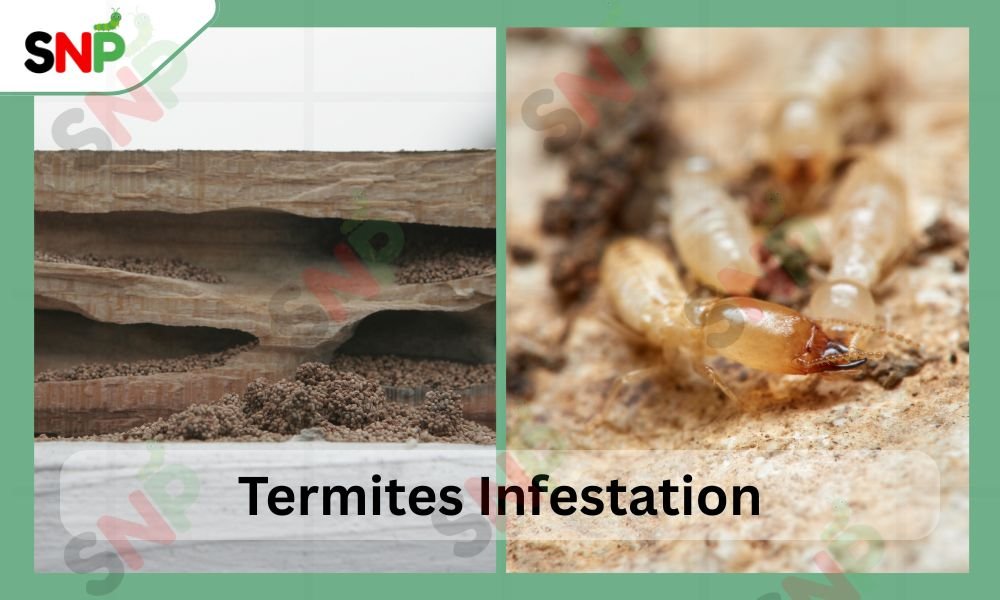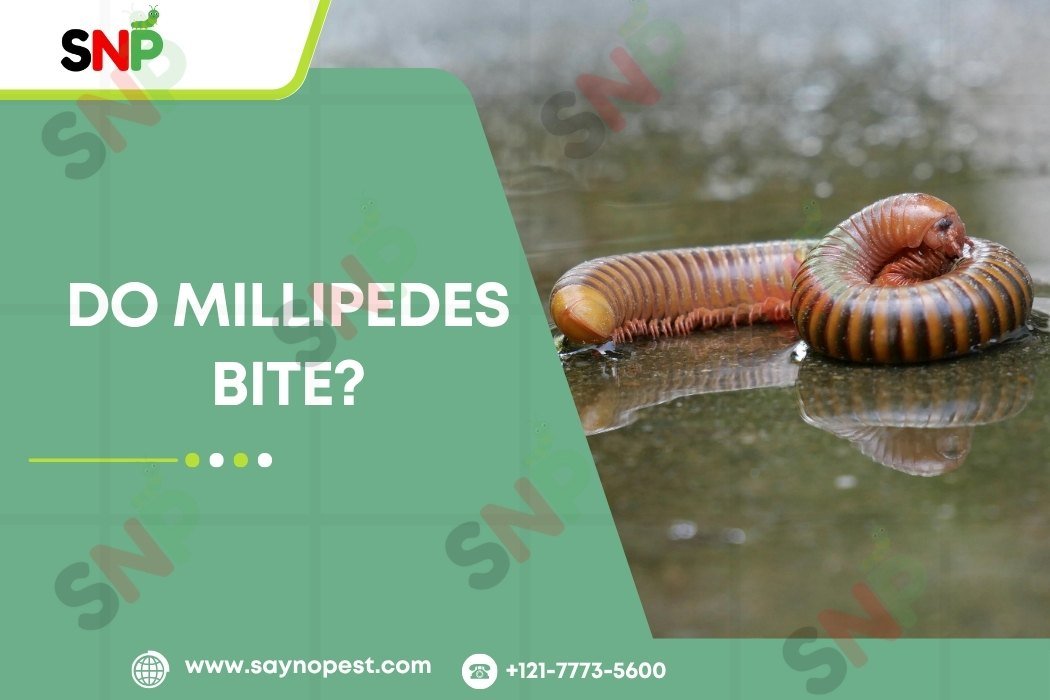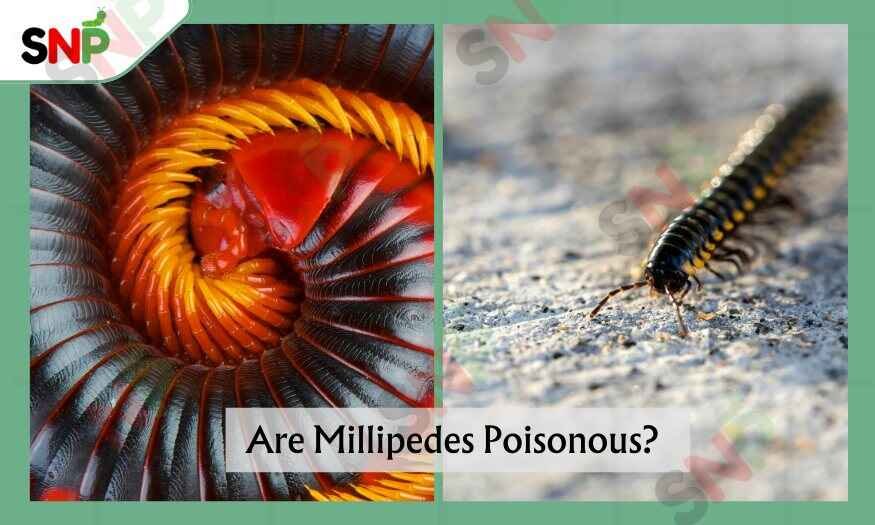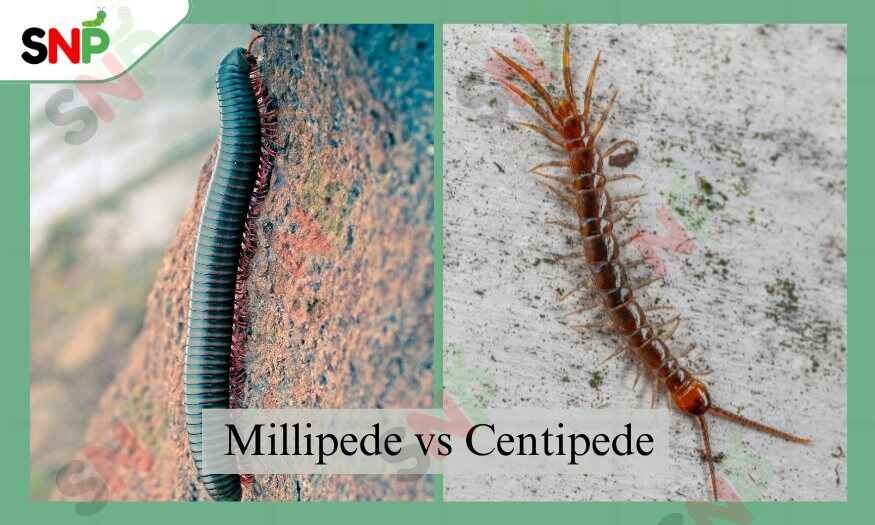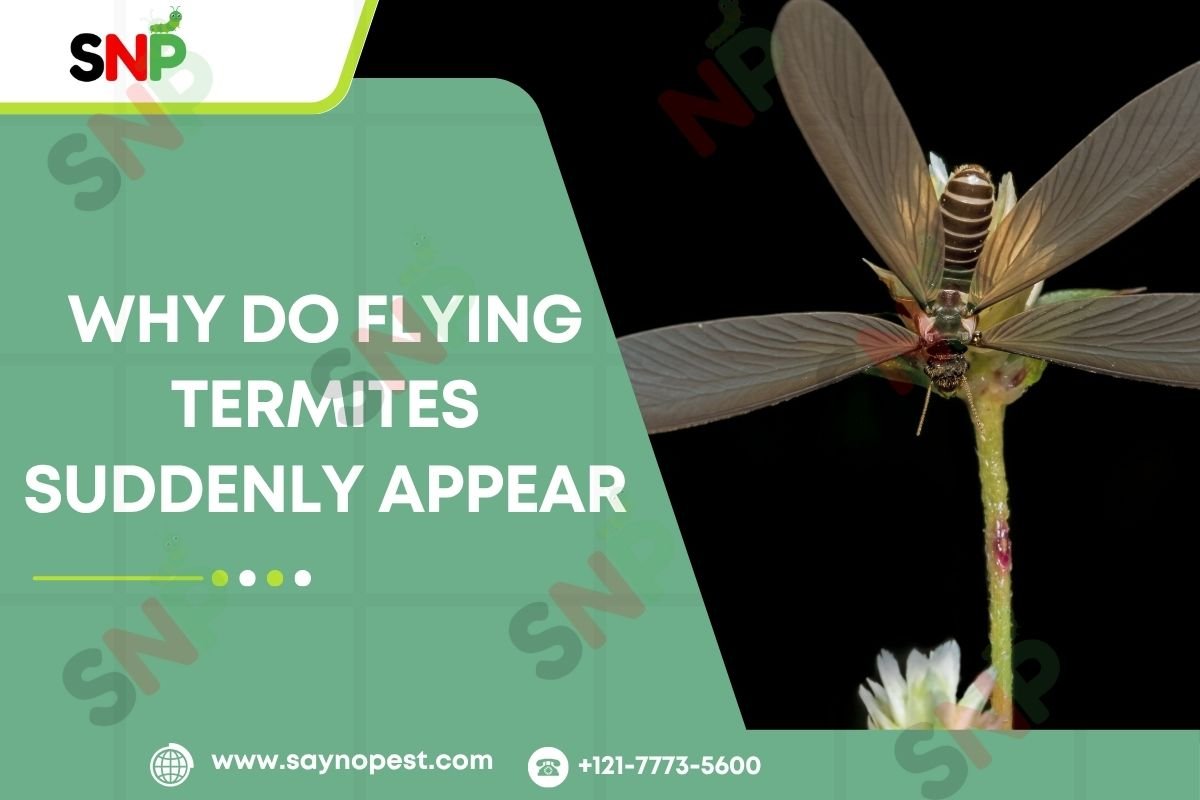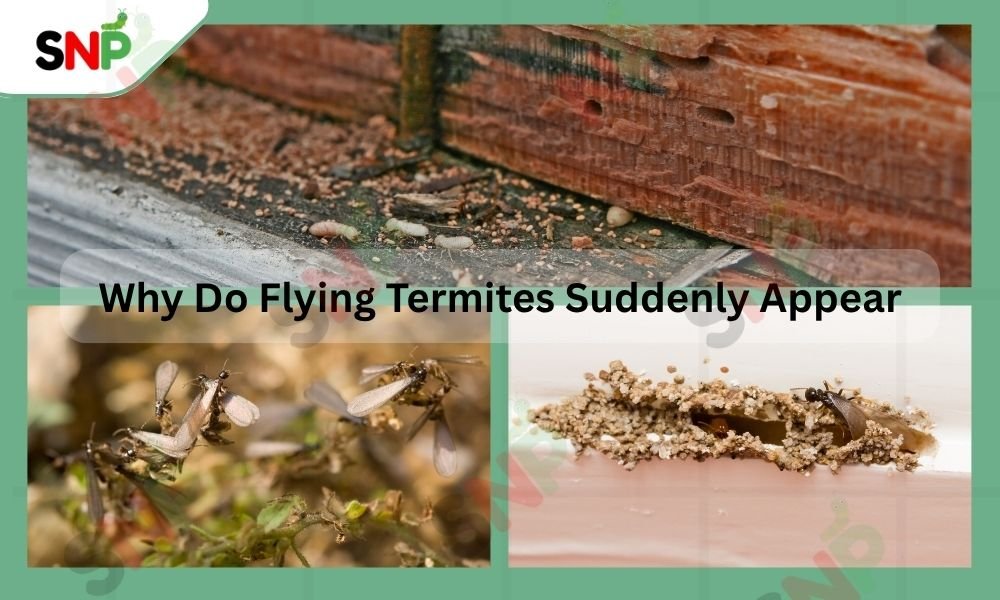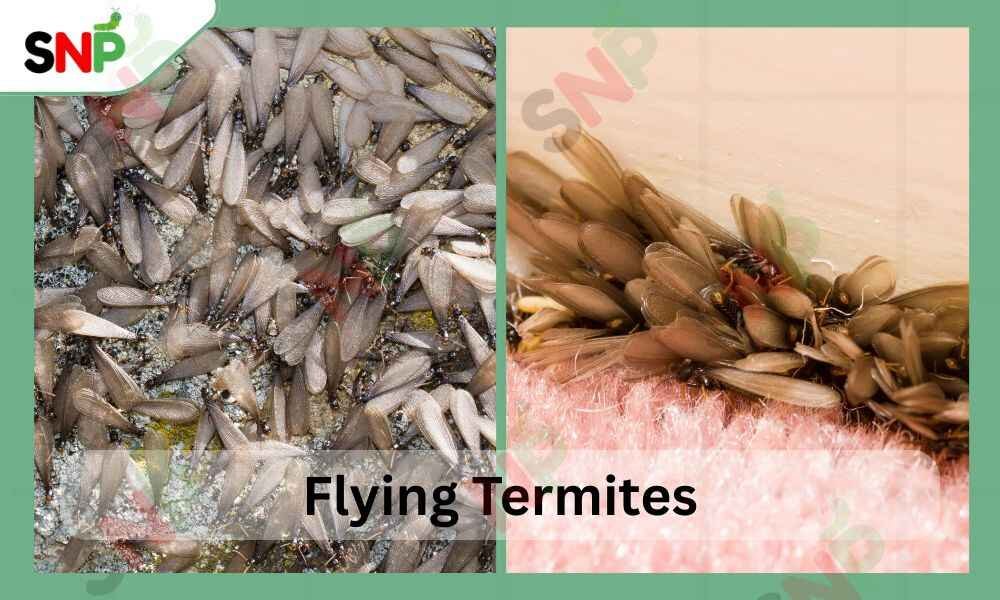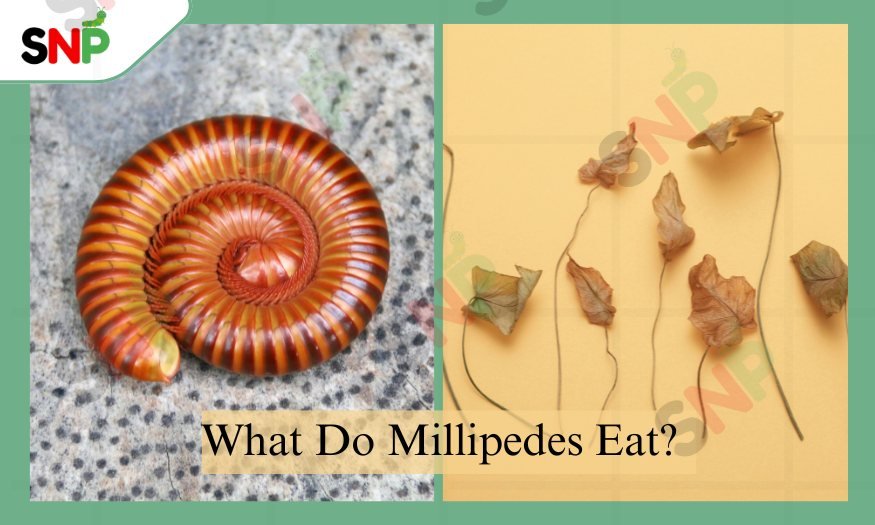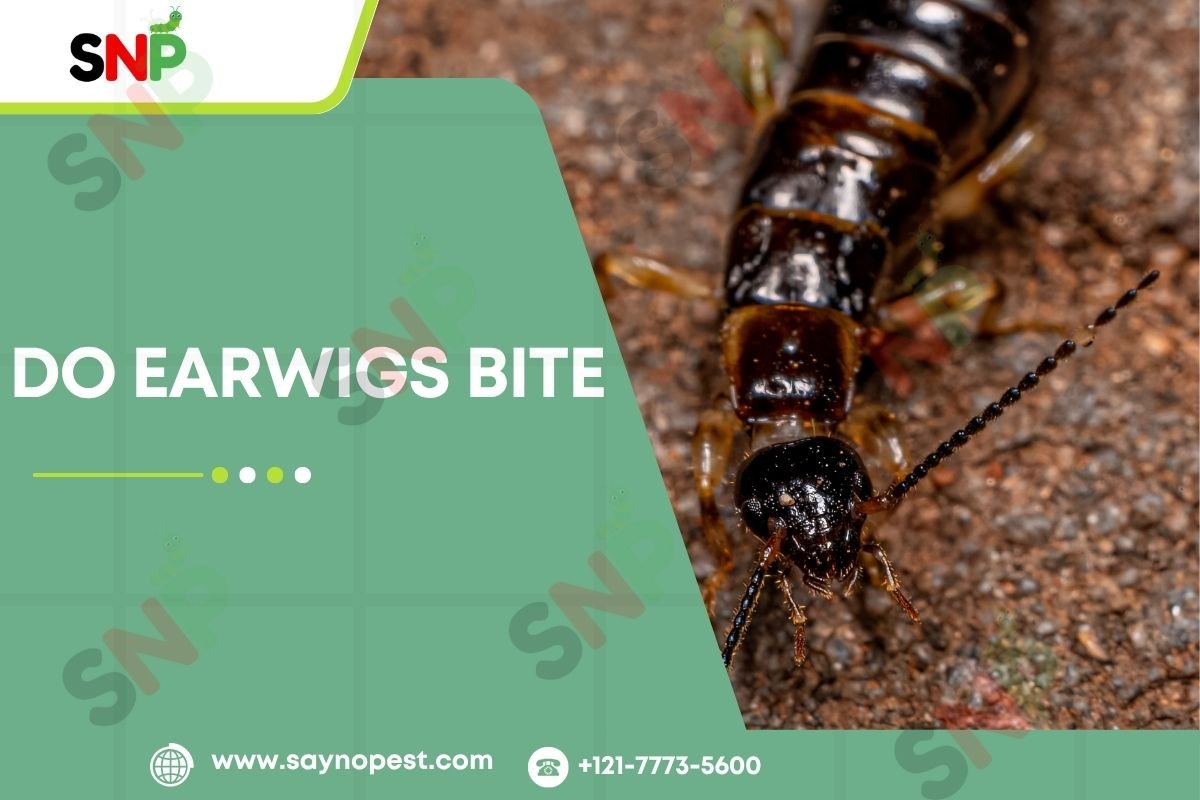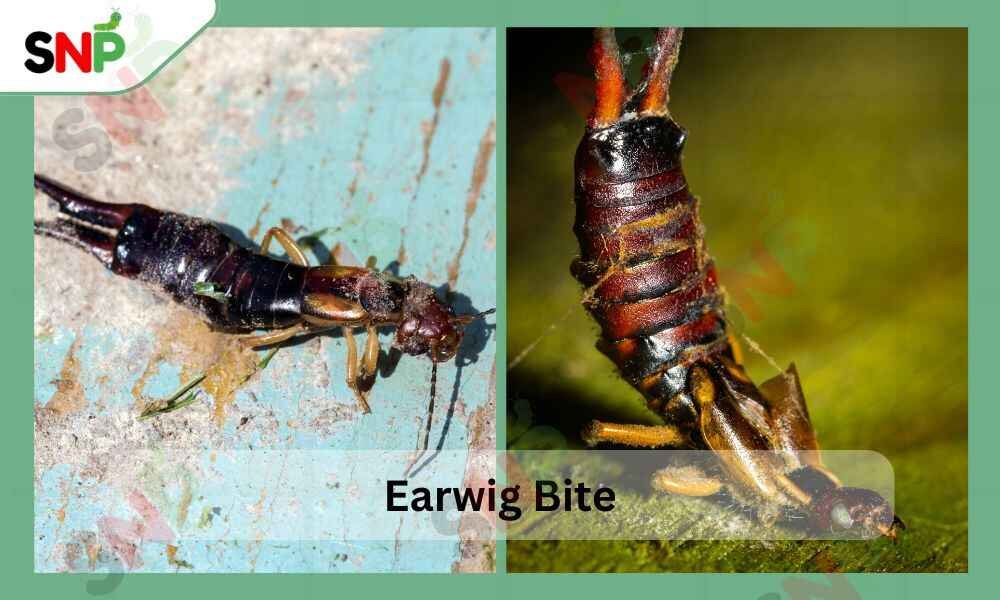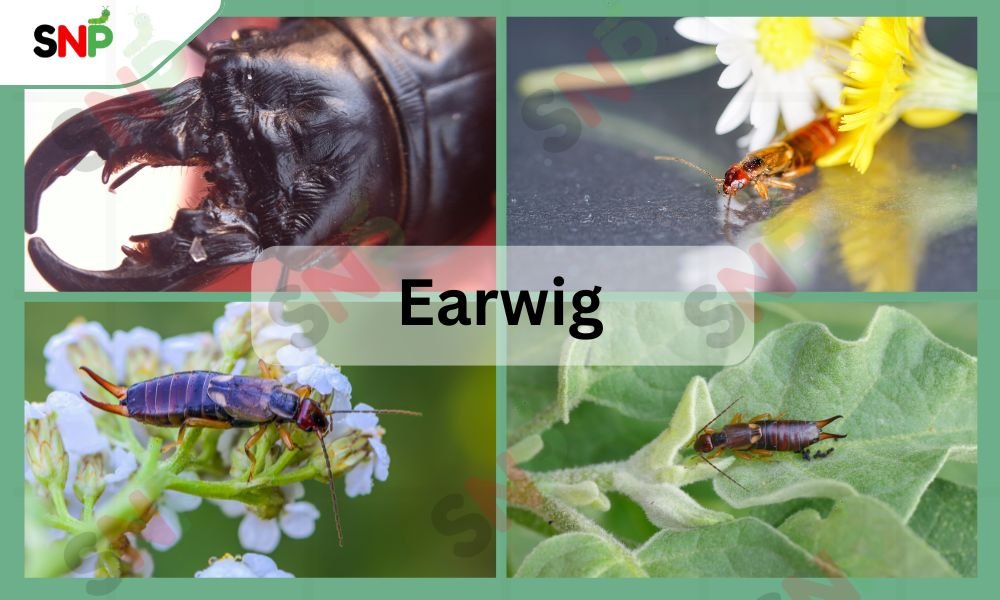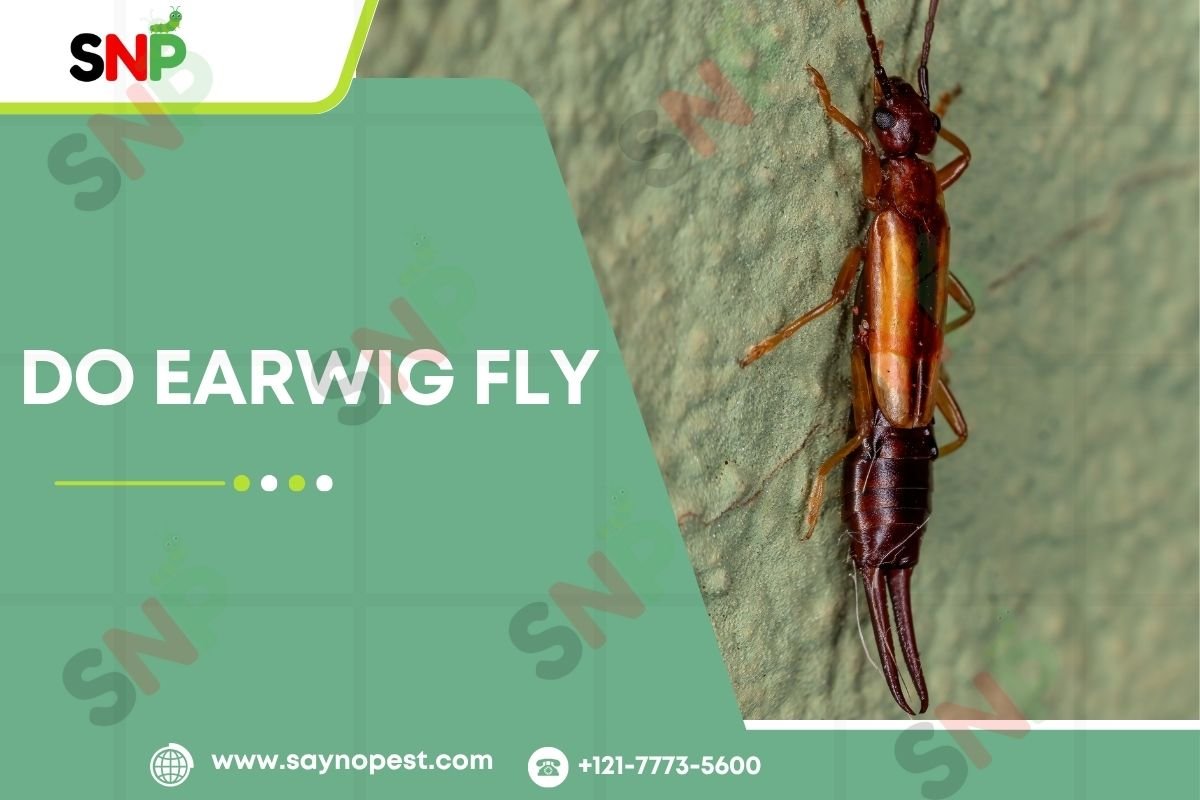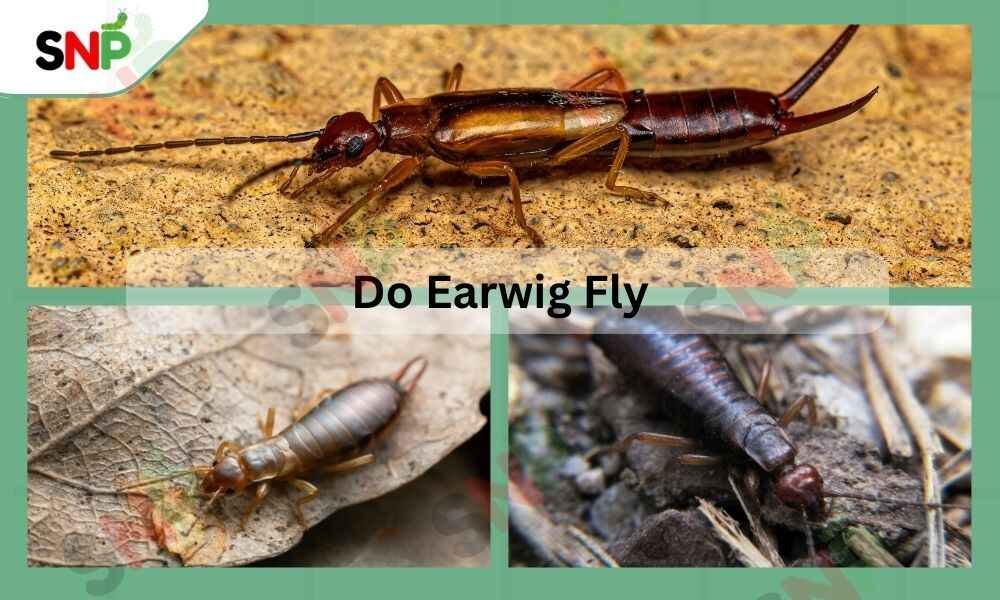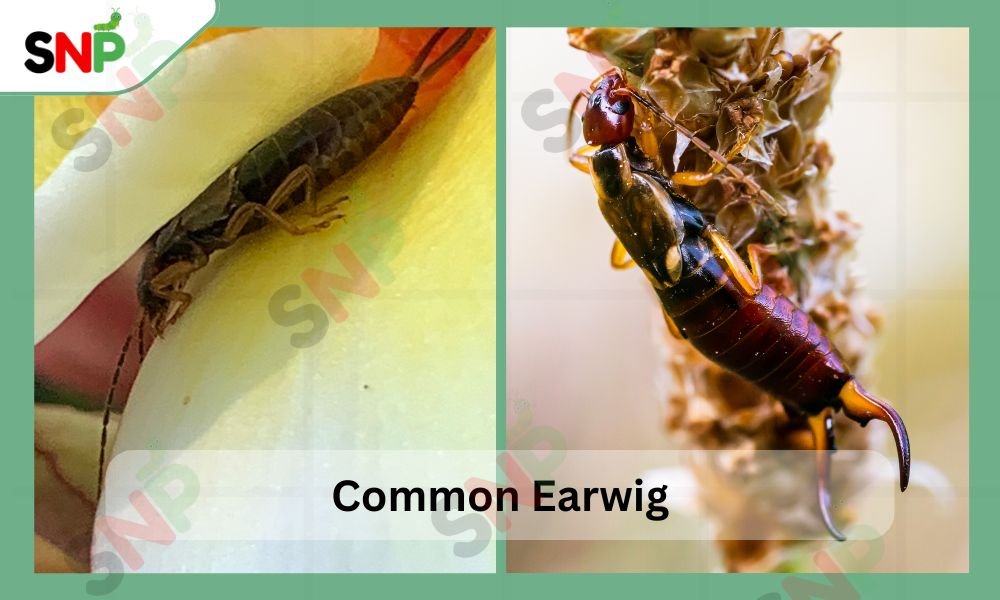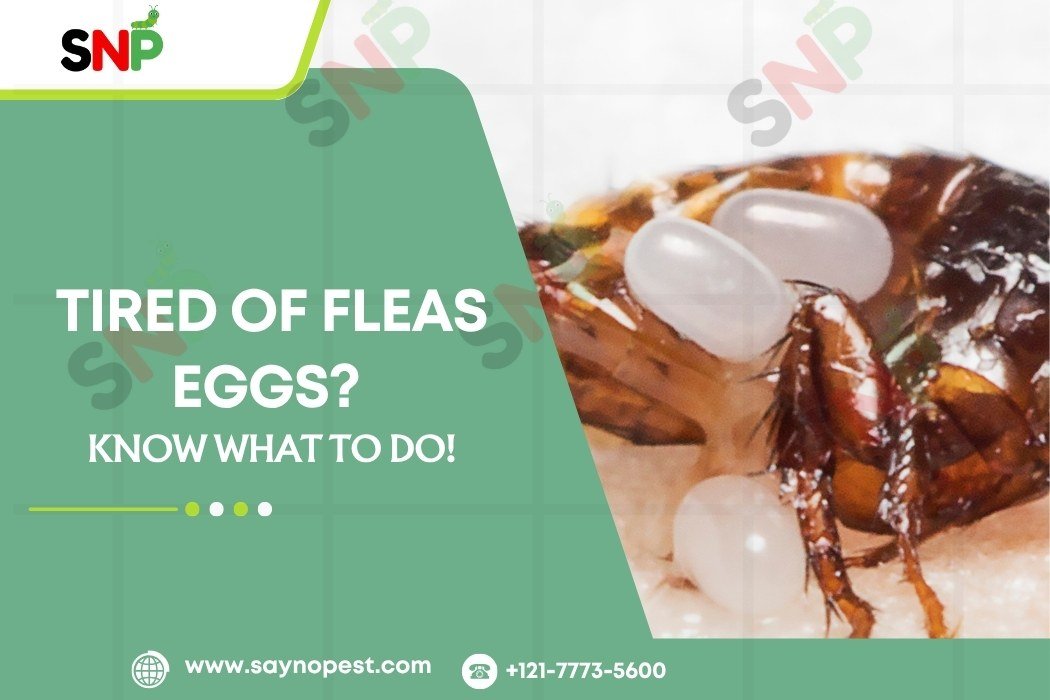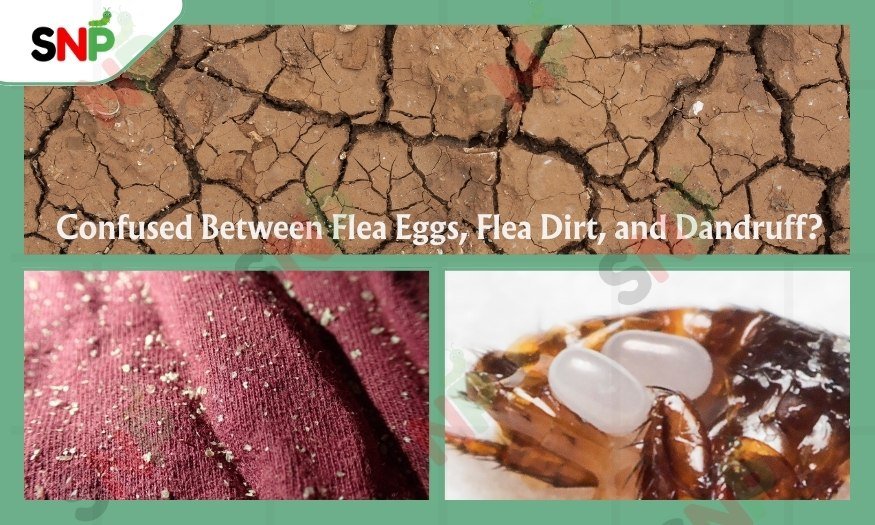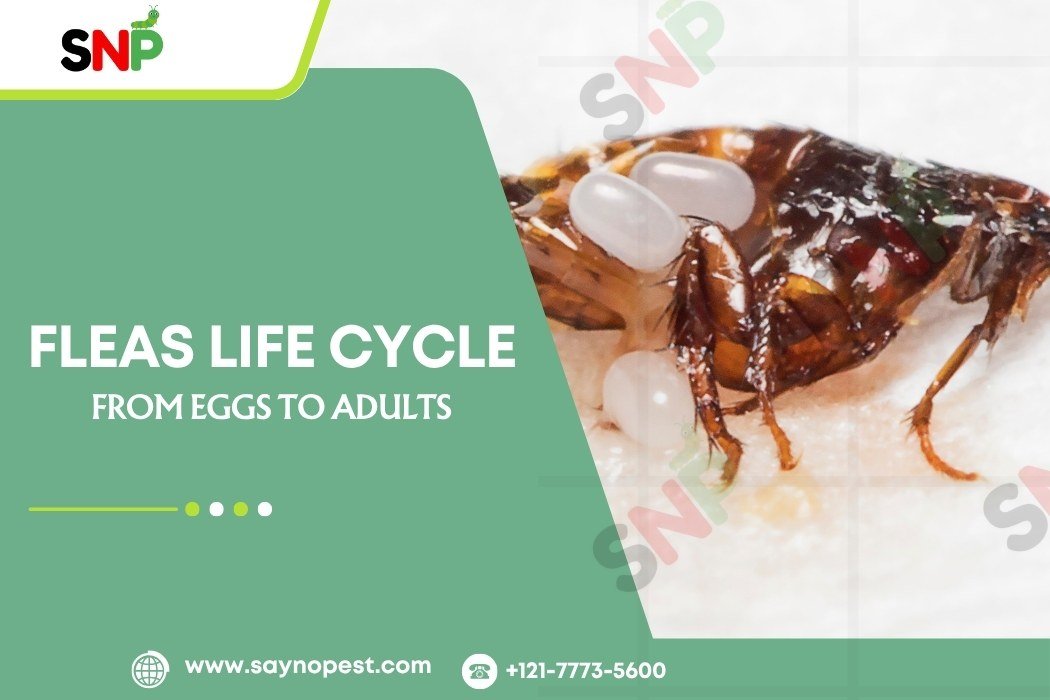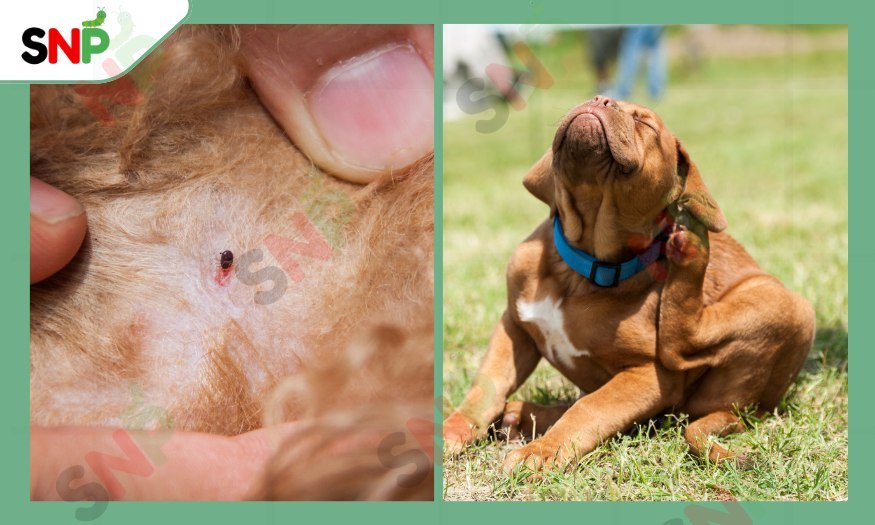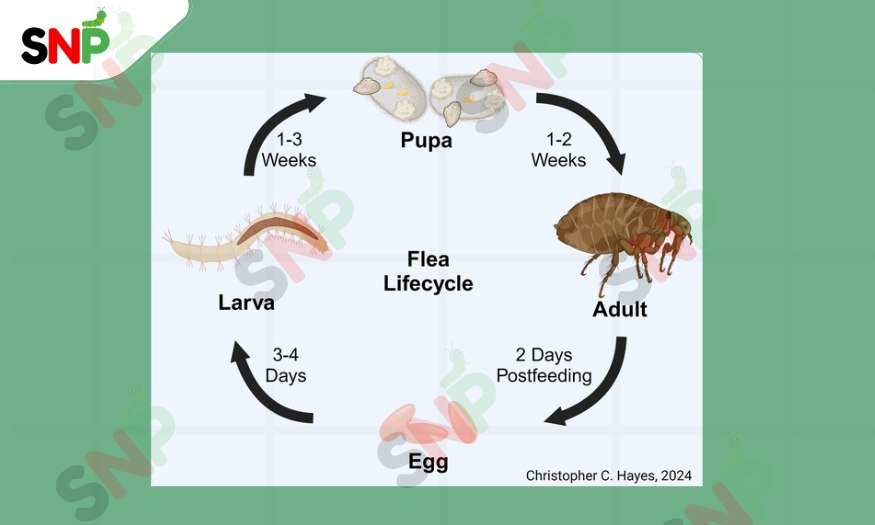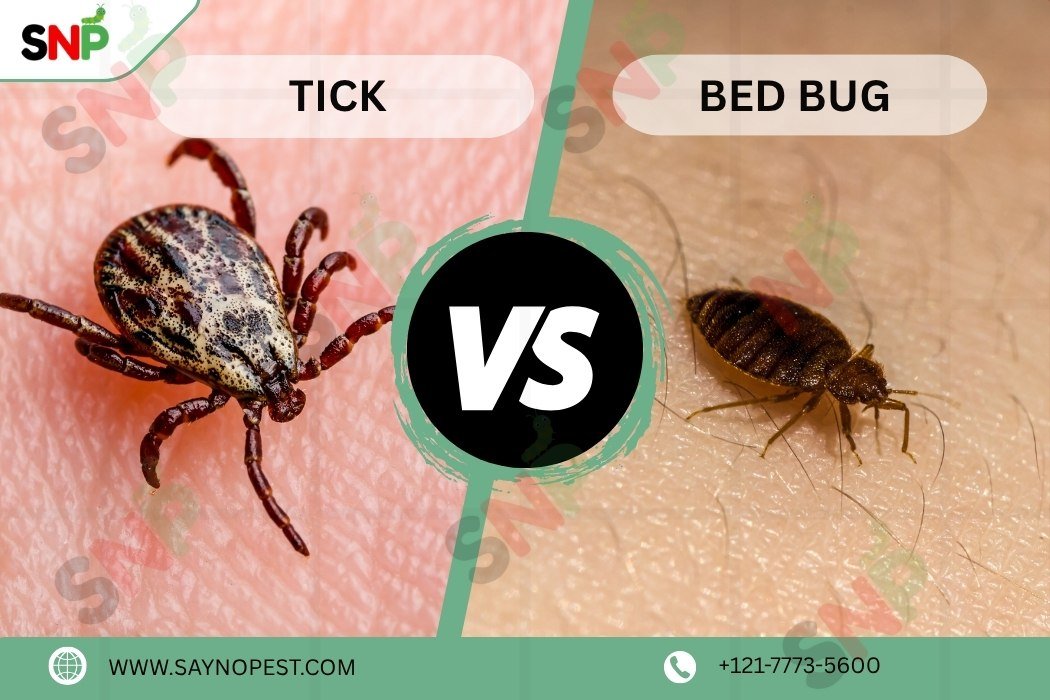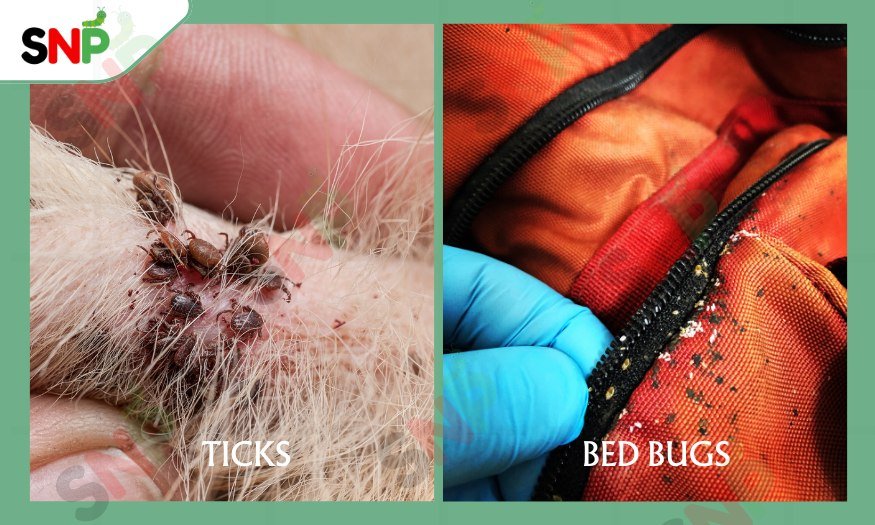If you have found some insects in your home that are small and oval in shape, and if you have got a skin rash of unknown origin, you might be searching for an answer to the question: Do carpet beetles bite? This is a very typical question ask by people from the USA who are concerned about the safety and comfort of their families. Our experts at SaynoPest will guarantee to deliver quality and precise information to you and also help you to rid your house of the robbers.
Do Carpet Beetles Bite Humans?
Many people ask this question: do carpet beetles bite, and in response its answer is no. Bed bugs or mosquitoes possess mouthparts with which they can pierce the skin of their victim; however, adult carpet beetles lack these mouthparts. The adult beetles, on the other hand, feed on pollen and nectar when they are outdoors, and all that interests the beetles is not to bite human beings or animals. Most of the time, the misunderstanding results from the larvae and not the adult.
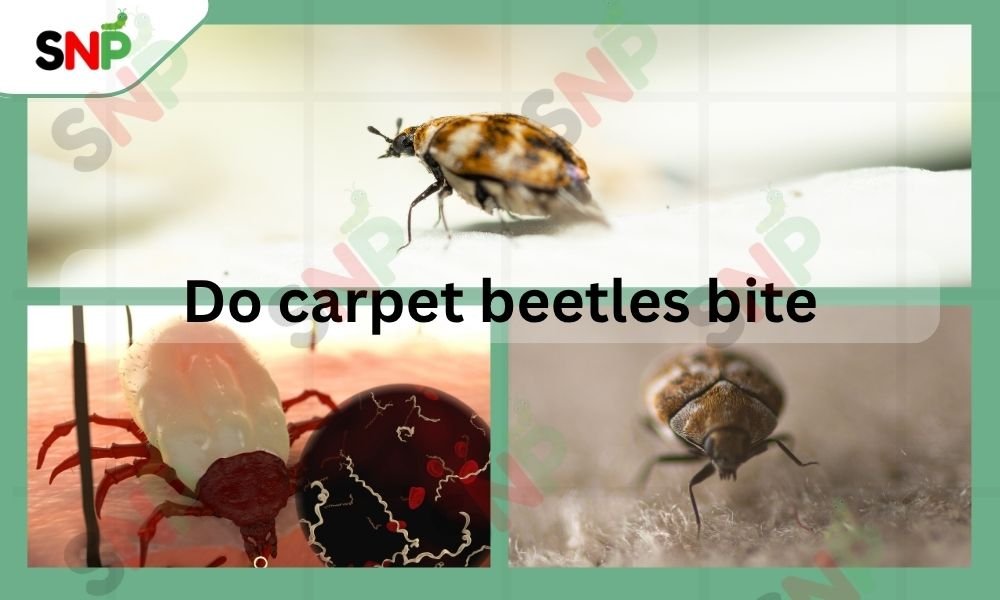
The notion of carpet beetle bites is completely wrong. To be more precise, those people who make a statement that “carpet beetle bites” are allergic reactions of the people to the minuscule and very bristly hairs of carpet beetle larvae. In case the hairs get into contact with your skin, they will irritate your skin and make it red and itchy—such signs imitate insect bites, but they are not the cause of an actual bite.
Signs of Carpet Beetle Bites (Allergic Reactions)
If that is the case and the symptoms of your skin resemble those after a carpet beetle bite, then you should check if you are infect by those signs:
- Red spots on the skin with itching and a burning sensation can quickly confused with insect bites.
- A rash after touching a fabric that has been attack by pests, mainly made of wool, silk, or fur.
- An itching sensation, burning feelings, or hives occurrence. Additionally, it may happen that there will no harm caused to the skin, only the eyes will be watery, the nose will be running because of the allergy, etc.
These infestations are called “carpet beetle dermatitis” and are due to the body’s immune system attacking the larvae’s bristly hairs or the skins that they have left behind. Some individuals are not affect by these hairs at all; hence, the condition may manifest differently from one household to another.
Are Carpet Beetle Bites Harmful?
Even though carpet beetle bites are not real bites, allergic reactions can be quite irritating. These reactions are not very dangerous and disappear after the irritant—the larvae and their hair—are remove from the house. Only in exceptional cases, if exposure is prolong, some symptoms may persist.
Additionally, the real downside comes from the larvae of carpet beetles that, apart from skin irritation, damage household objects. Their diet consists of natural fiber materials such as wool, silk, leather, or even pet hair, which they use for eating, as a result of which carpets, clothes, and upholstery become full of holes and bald spots. If this is not controlled, it may cause expensive repairs or even the need to buy new things.
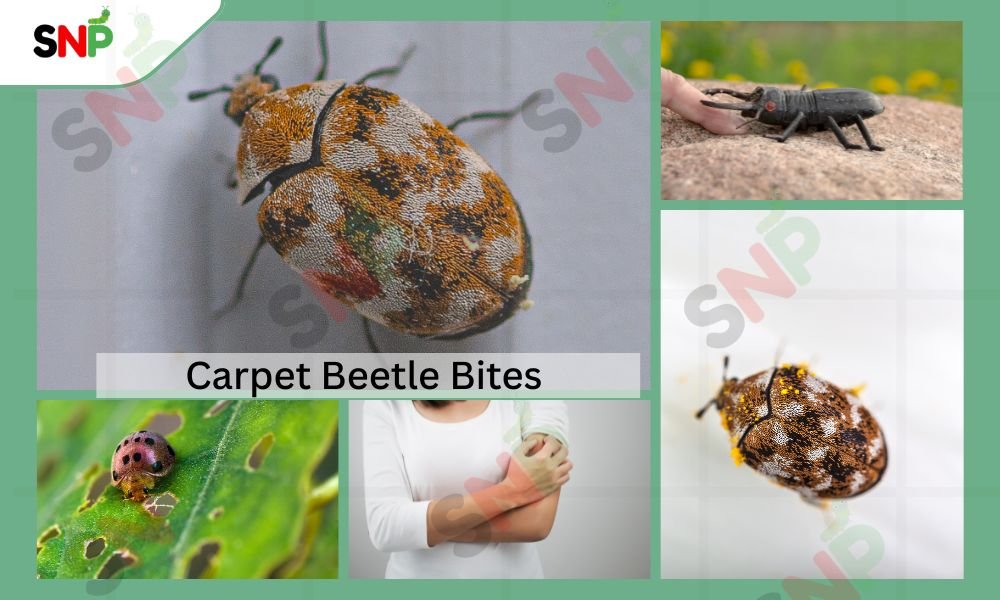
How to Identify and Prevent Carpet Beetle Problems
Check out the signs of infestation like these and keep your home safe.
• Damage to fabrics, especially in concentrated areas
• Shed larval skins that look like tiny, dry shells
• Small, black, or brown fecal pellets near infested materials
• Larva attachment to clothes, closets, furniture, carpets, etc. (small, hairy, brownish worms)
The possible causes that should be targeted in order to prevent the beetles to infest the house are the frequency of cleaning and vacuuming, the manner in which clothes and other textiles are stored, which involves cleaning them with hot water and then storing them in airtight containers. You can turn to pest control specialists in case there is a problematic situation that you find hard to address.
Conclusion
Do carpet beetles bite? It is no, because carpet beetles have no bites, it is an allergic reaction to the larva hairs. Although such reactions can be unpleasant, they are not necessarily bad for your health. The bigger threat the carpet beetles pose is the damage they can cause to the fabrics and furnishings of your household. In case you have the symptoms of an infestation or have unusual irritation of the skin, do not hesitate to contact Saynopest and get the help of the professionals, and get your mental rest back.
Keep in mind, after all, there is a carpet beetle harmful question. The answer is yes, and not quite in a manner you might expect. They are not bitey, but can cause damage to your property as well as cause an allergic reaction.


